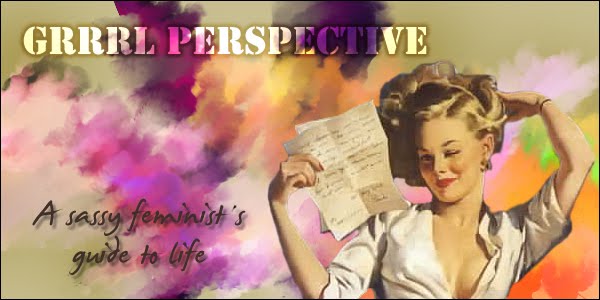
Although the website claims that models are "employees and friends from around the world - not models", this is a statement that blatantly isn't true. Many of American Apparel's "real people" are both porn stars and real models that are represented by agencies. Porn stars such as Lauren Phoenix, Sasha Grey, and Faye Reagan have all appeared in multiple American Apparel advertisements. With most models being over 5'10", thin, and seemingly flawless, many people would agree that, like most advertising today, their models don't exactly represent "real people".
As Julia Caron, blogger from Worn Fashion Journal writes, "In my reality, all kinds of people are sexy and sexual: People who identify as queer, as disabled, as trans, as fat, and generally, as awesome. But in this world of American Apparel and various other "real beauty" ad campaigns making claims of representing the "average woman", I never see myself or the kinds of people I know."
In a spoof series called “American Able”, photographer Holly Norris has challenged American Apparel’s young, slim, and overtly sexual “real people” advertisements. “American Able” features Jes Sachse, a disabled woman, in advertisements almost identical to those of American Apparel’s. On her website Norris writes she has chosen American Apparel because, “Their campaigns are highly sexualized and feature women who are generally thin, and who appear to be able-bodied. Women with disabilities go unrepresented, not only in American Apparel advertising, but also in most of popular culture.”

Her choice of model has a great significance as well. Norris goes on to say, “Rarely, if ever, are women with disabilities portrayed in anything other than an asexual manner, for ‘disabled’ bodies are largely perceived as ‘undesirable.’ In a society where sexuality is created and performed over and over within popular culture, the invisibility of women with disabilities in many ways denies them the right to sexuality, particularly within a public context.”

I really love what Norris has done through this spoof. Not only are the photos beautiful but the message Norris and Jes send is a great one. This spoof of American Apparel’s advertisements allows us to look at the ways the advertising industry both objectively and selectively portrays women. It is not only a critique on the industry but also provides an alternative for advertising as well.
The complete series is available at Holly Norris’ website. The actual exhibit is also available for viewing in Toronto, Canada. It will also be shown on over 270 digital screens in 50 Toronto Transit Commission stations on May 6, 11, 22 and 31.




No comments:
Post a Comment